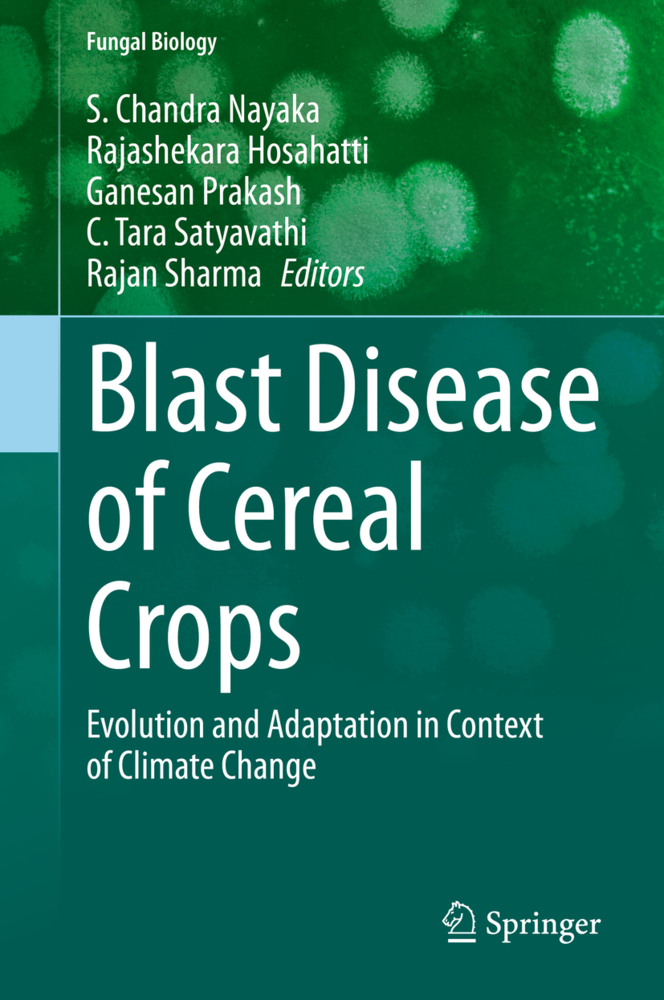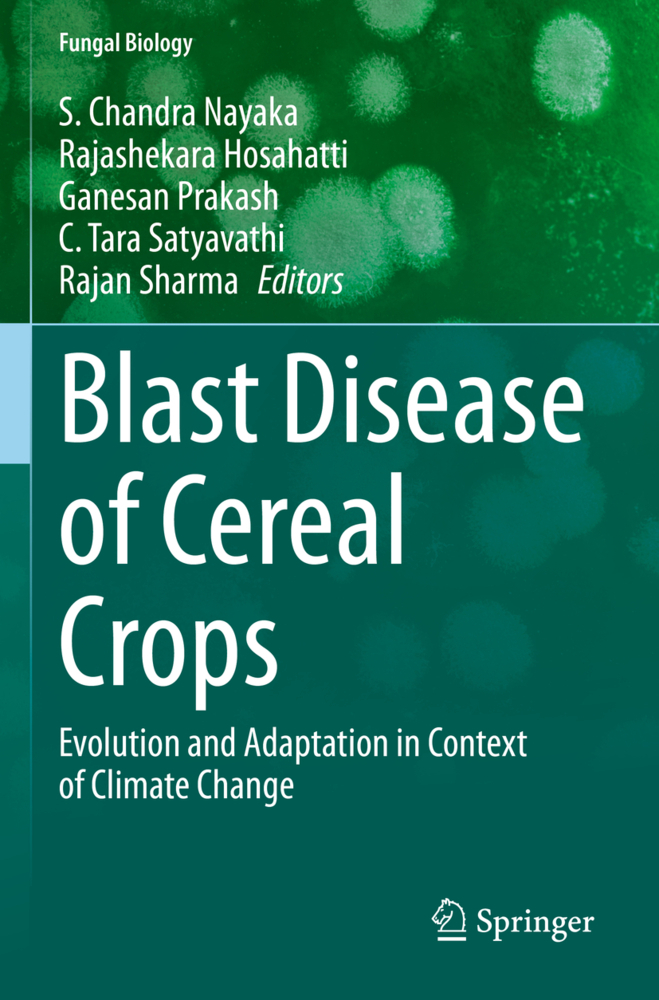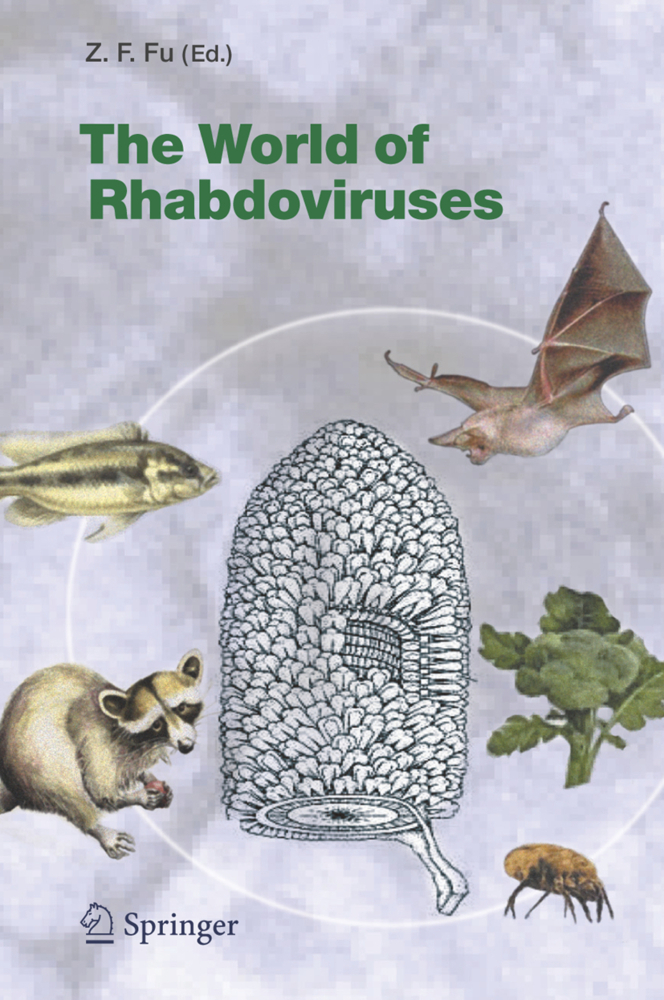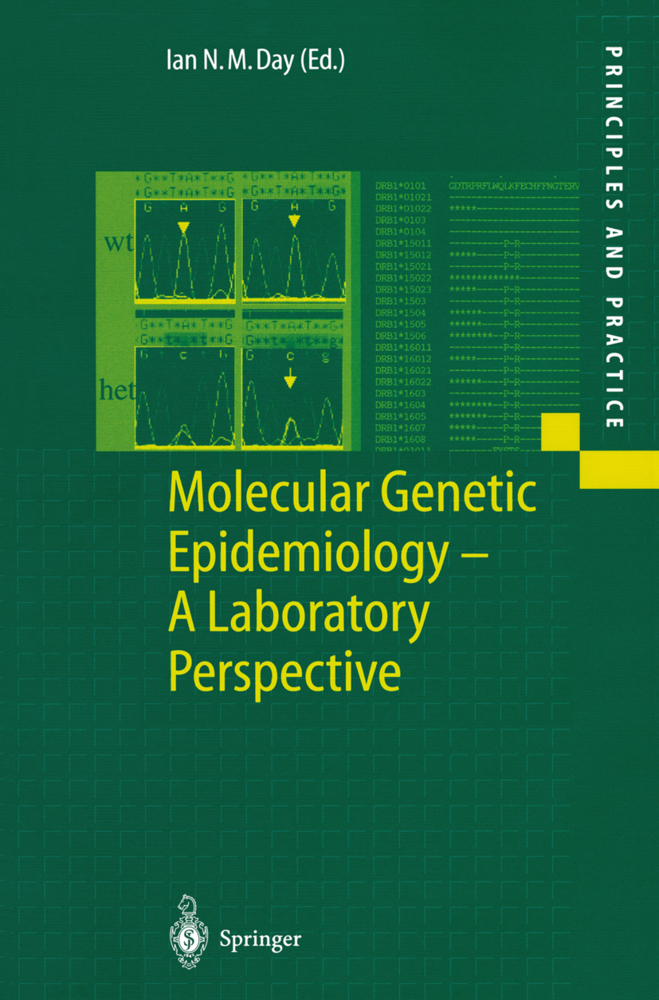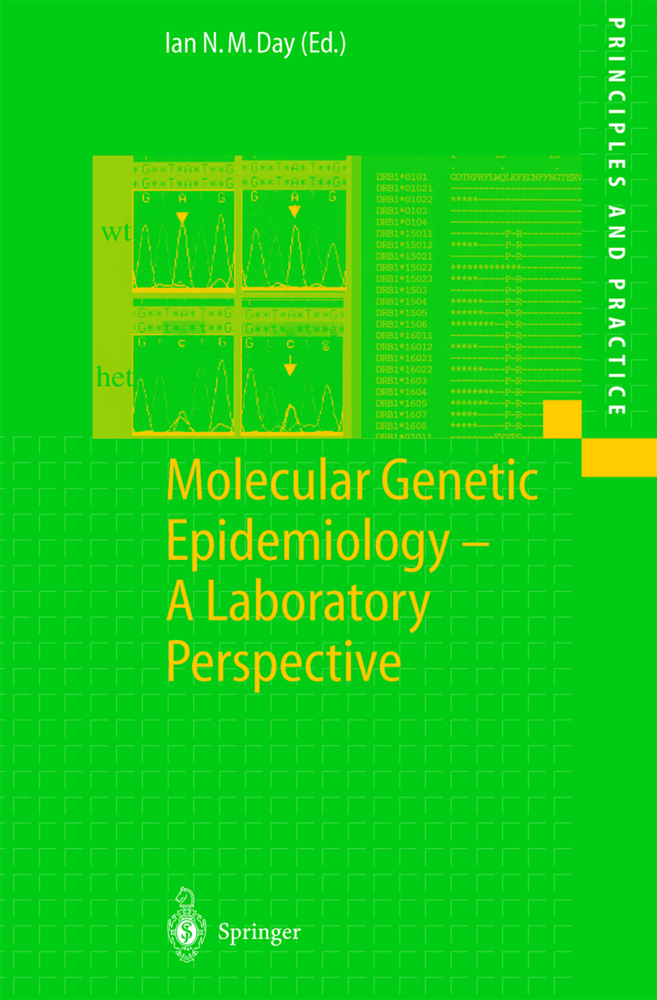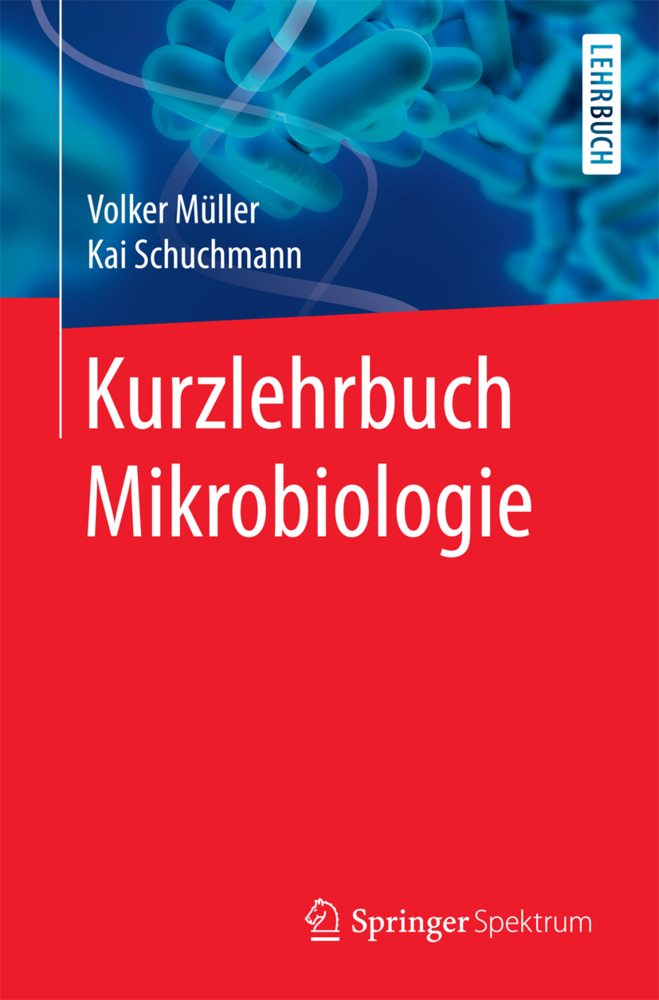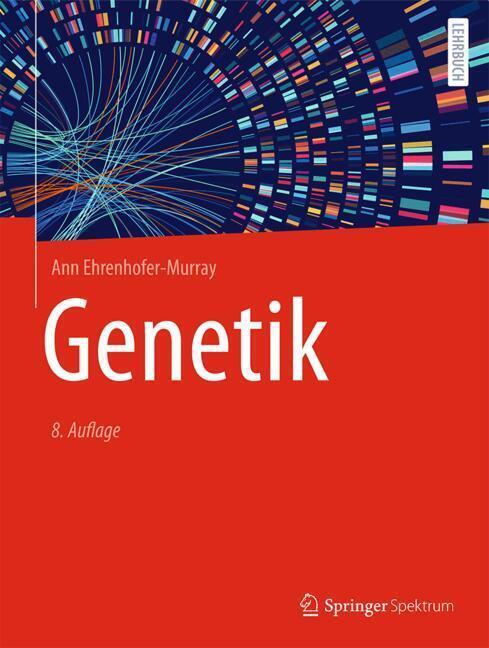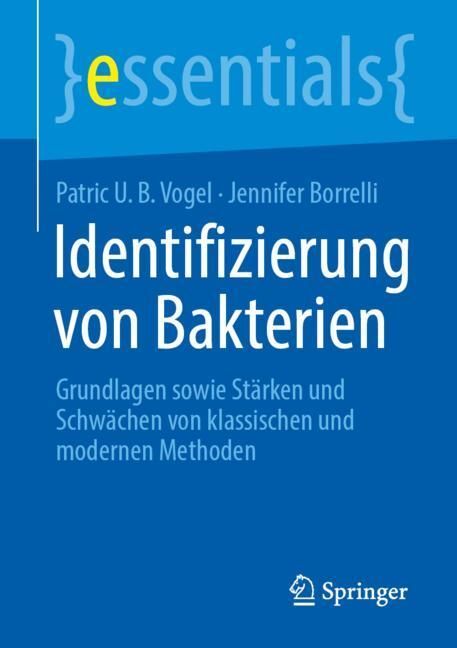Blast Disease of Cereal Crops
Evolution and Adaptation in Context of Climate Change
Blast Disease of Cereal Crops
Evolution and Adaptation in Context of Climate Change
Blast is an important foliar disease that infects the majority of cereal crops like rice, finger millet, pearl millet, foxtail millet and wheat, and thus resulting in a huge economic impact. The pathogen is responsible for causing epidemics in many crops and commonly shifts to new hosts. Magnaporthe spp. is the most prominent cause of blast disease on a broad host range of grasses including rice as well as other species of poaceae family. To date, 137 members of Poaceae hosting this fungus have been described in Fungal Databases. This book provides information on all blast diseases of different cereal crops. The pathogen evolves quickly due to its high variability, and thus can quickly adapt to new cultivars and cause an epidemic in a given crop. Some of the topics covered here include historical perspectives, pathogen evolution, host range shift, cross-infectivity, and pathogen isolation, use of chemicals fungicides, genetics and genomics, and management of blast disease in different cereal crops with adoption of suitable methodologies.In the past two decades there have been significant developments in genomics and proteomics approaches and there has been substantial and rapid progress in the cloning and mapping of R genes for blast resistance, as well as in comparative genomics analysis for resolving delineation of Magnaporthe species that infect both cereals and grass species. Blast disease resistance follows a typical gene-for-gene hypothesis. Identification of new Avr genes and effector molecules from Magnaporthe spp. can be useful to understand the molecular mechanisms involved in the fast evolution of different strains of this fungal genus. Advances in these areas may help to reduce the occurrence of blast disease by the identification of potential R genes for effective deployment. Additionally, this book highlights the importance of blast disease that infects different cereal hosts in the context of climate change, and genomics approaches that may potentially help in understanding and applying new concepts and technologies that can make real impact in sustainable management of blast disease in different cereal crops.
Recent Advances in Blast Rice Disease.- The Blast-A Major Malady in Neutricereals in Southeast Asia.- Utilizing Host-Plant Resistance to Combat Blast Disease in Rice.- Microconidia: Understanding Its Role in the Rice Blast Fungus Magnaporthe oryzae.- Finger Millet Blast Pathogen Diversity and Management in Uttarakhand.- Finger Millet Blast (Magnaporthe grisea): Current Scenario and Its Integrated Disease.- Advances in Genetics, Genomics for Management of Blast Diseases in Cereal Crops.- Wheat Blast Management: Prospects and Retrospective.- Scenario of Blast Diseases in the Eastern Region of India.- Chemicals in the Management of Blast Disease of Rice
Magnaporthe Genome: Lessons Learnt and the Way Forward
Bibliography
Index.
Preface
Blast Disease: Historical Importance, Its Distribution, and Host Infectivity Across Cereal CropsRecent Advances in Blast Rice Disease.- The Blast-A Major Malady in Neutricereals in Southeast Asia.- Utilizing Host-Plant Resistance to Combat Blast Disease in Rice.- Microconidia: Understanding Its Role in the Rice Blast Fungus Magnaporthe oryzae.- Finger Millet Blast Pathogen Diversity and Management in Uttarakhand.- Finger Millet Blast (Magnaporthe grisea): Current Scenario and Its Integrated Disease.- Advances in Genetics, Genomics for Management of Blast Diseases in Cereal Crops.- Wheat Blast Management: Prospects and Retrospective.- Scenario of Blast Diseases in the Eastern Region of India.- Chemicals in the Management of Blast Disease of Rice
Magnaporthe Genome: Lessons Learnt and the Way Forward
Bibliography
Index.
Nayaka S., Chandra
Hosahatti, Rajashekara
Prakash, Ganesan
Satyavathi, C. Tara
Sharma, Rajan
| ISBN | 978-3-030-60584-1 |
|---|---|
| Artikelnummer | 9783030605841 |
| Medientyp | Buch |
| Auflage | 1st ed. 2021 |
| Copyrightjahr | 2021 |
| Verlag | Springer, Berlin |
| Umfang | XV, 219 Seiten |
| Abbildungen | XV, 219 p. 18 illus., 16 illus. in color. |
| Sprache | Englisch |

